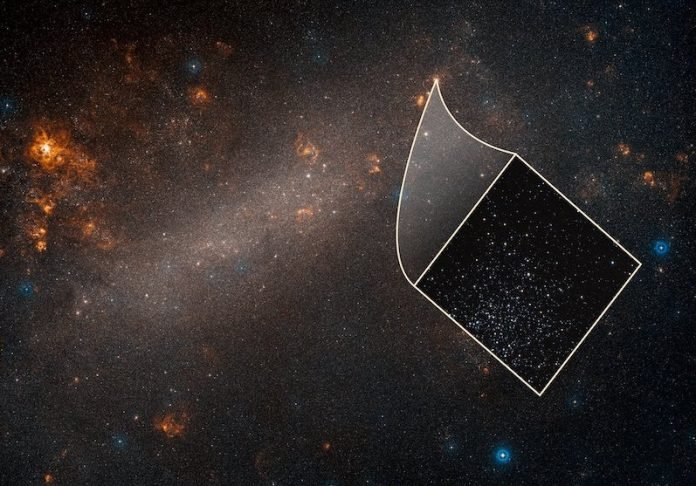
In a new study, scientists have made a new discovery about the universe’s expansion rate.
They used NASA’s Hubble Space Telescope and found that a discrepancy between the two key techniques that measure the universe’s expansion rate.
The finding suggests that new theories are needed to explain the forces shaping the cosmos.
The research was conducted by a team from NASA’s Goddard Space Flight Center.
Previous research has shown that the universe expands every second. To find out the speed of the expansion, researchers have used Hubble and other telescopes to observe the universe.
They have found an intriguing difference between what they predict and what they observe.
For example, Hubble’s data suggest a faster expansion rate in the modern universe than the speed of early universe measured by the European Space Agency’s Planck satellite.
It has been unknown whether differences are caused by techniques.
In the current study, the new Hubble data lower the possibility that the discrepancy is only a fluke to 1 in 100,000. This is much different from earlier estimation that a chance of 1 in 3,000.
The team suggests that this mismatch has been growing and has now is really impossible to dismiss as a fluke.
New theories need to explain the mismatch.
The researchers suggest that one possible explanation for the mismatch is an unexpected appearance of dark energy in the early universe.
Dark energy is thought to now comprise 70% of the universe’s contents.
The theory is called “early dark energy”, and it suggests that there was a third dark-energy episode not long after the big bang.
The dark energy expanded the universe faster than astronomers had predicted.
The existence of this “early dark energy” could account for the tension between the two Hubble constant values.
Another idea is that the universe contains a new subatomic particle that travels close to the speed of light.
The particles are called “dark radiation” and created in nuclear reactions and radioactive decays.
It is also possible that dark matter interacts more strongly with normal matter or radiation than previously assumed.
Future work needs to find out the true explanation.
The lead author of the study is Nobel laureate Adam Riess of the Space Telescope Science Institute (STScI) and Johns Hopkins University.
The study is published in the Astrophysical Journal.
Copyright © 2019 Knowridge Science Report. All rights reserved.



